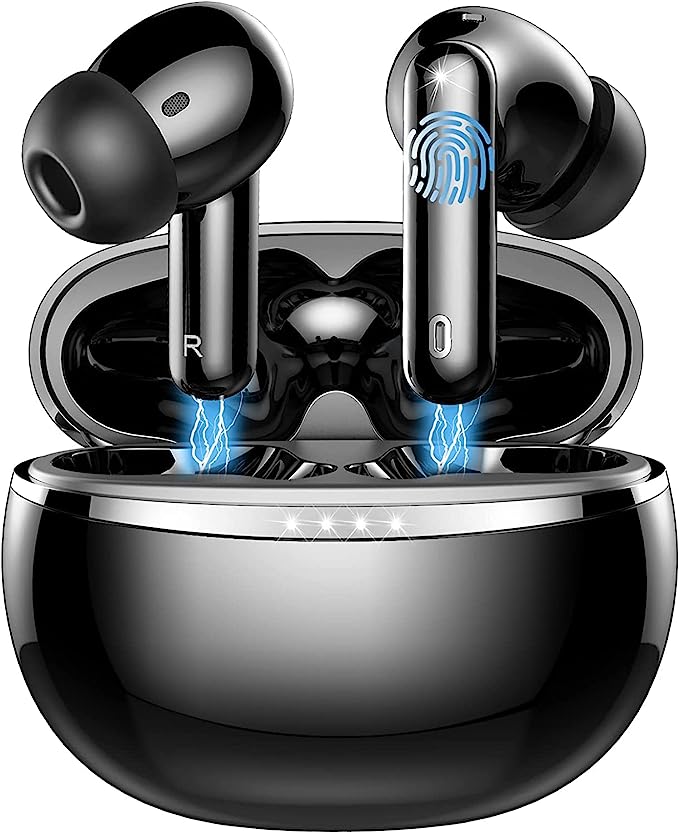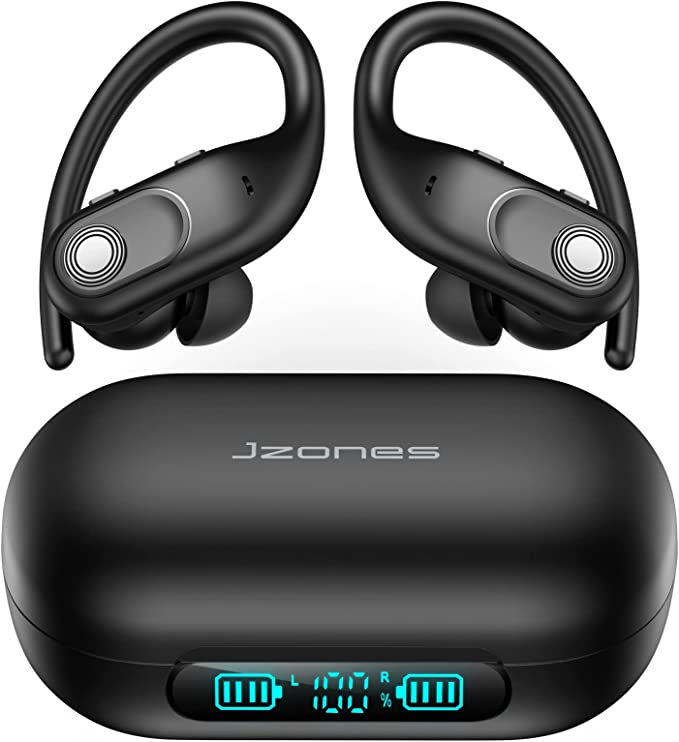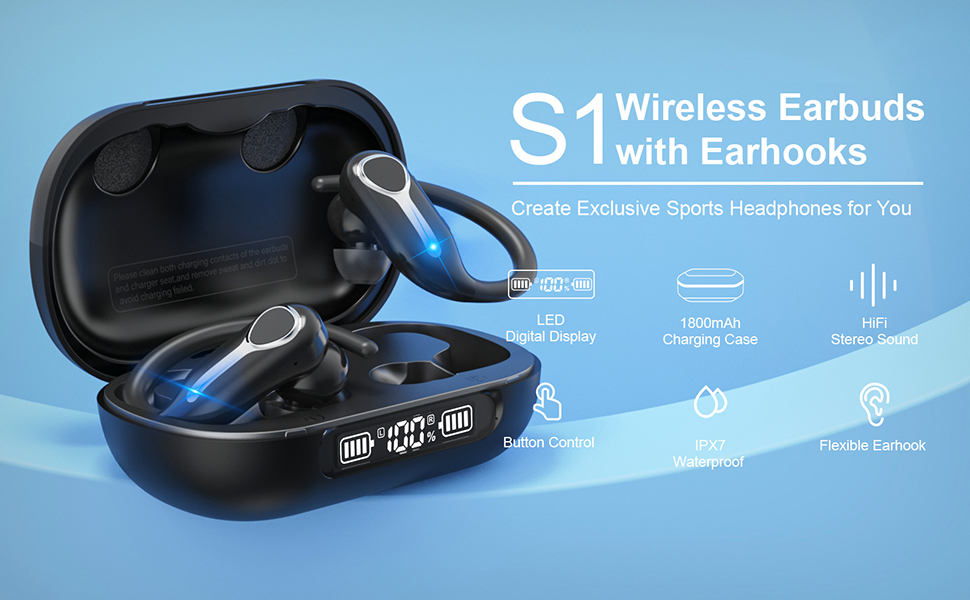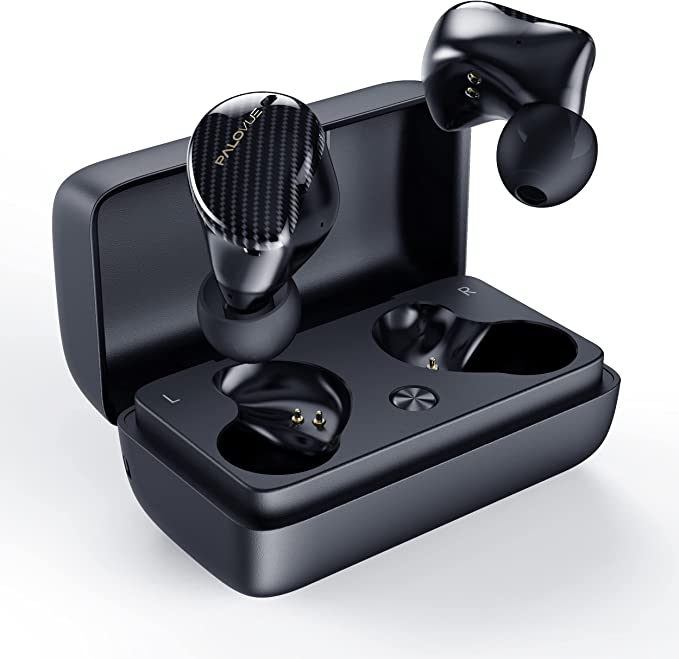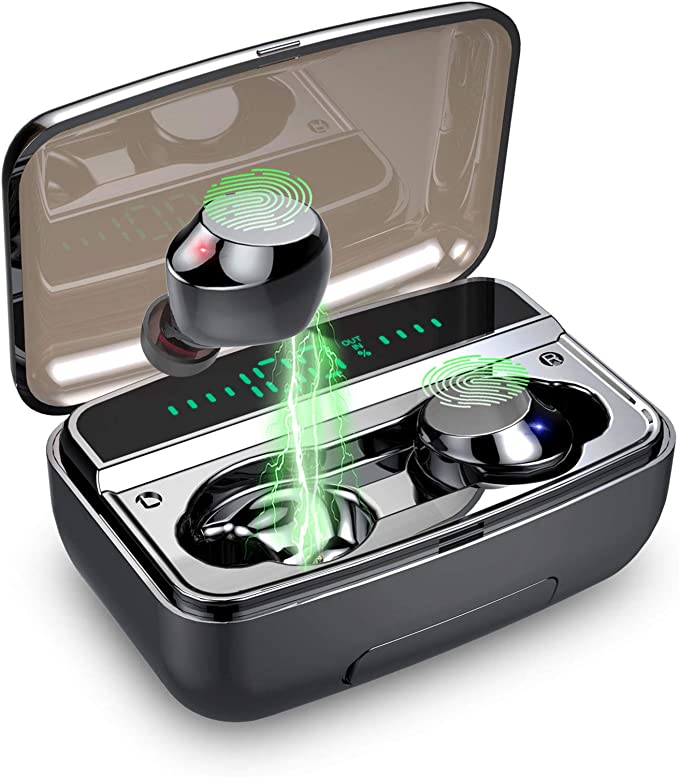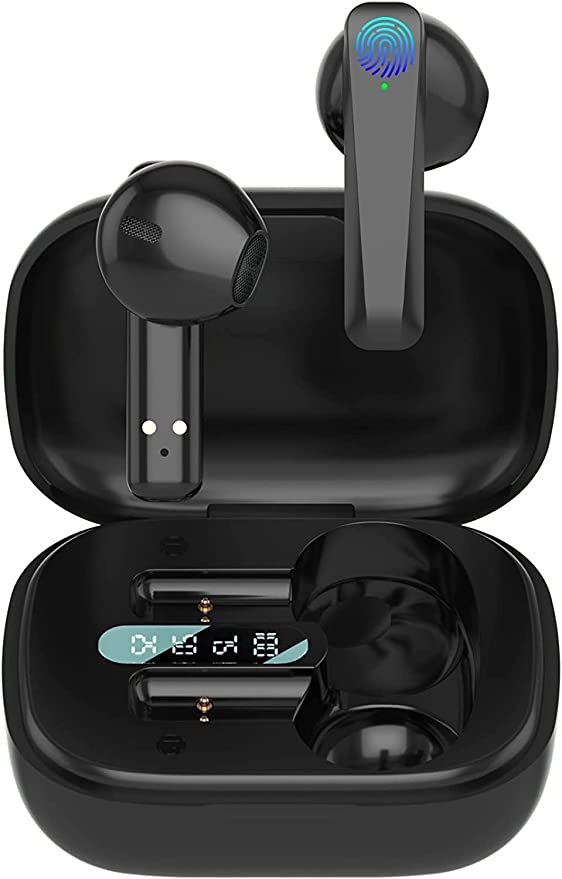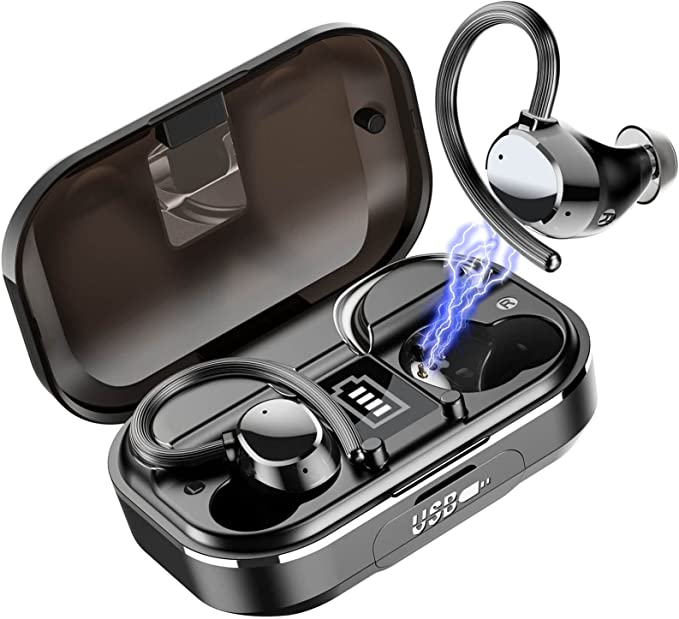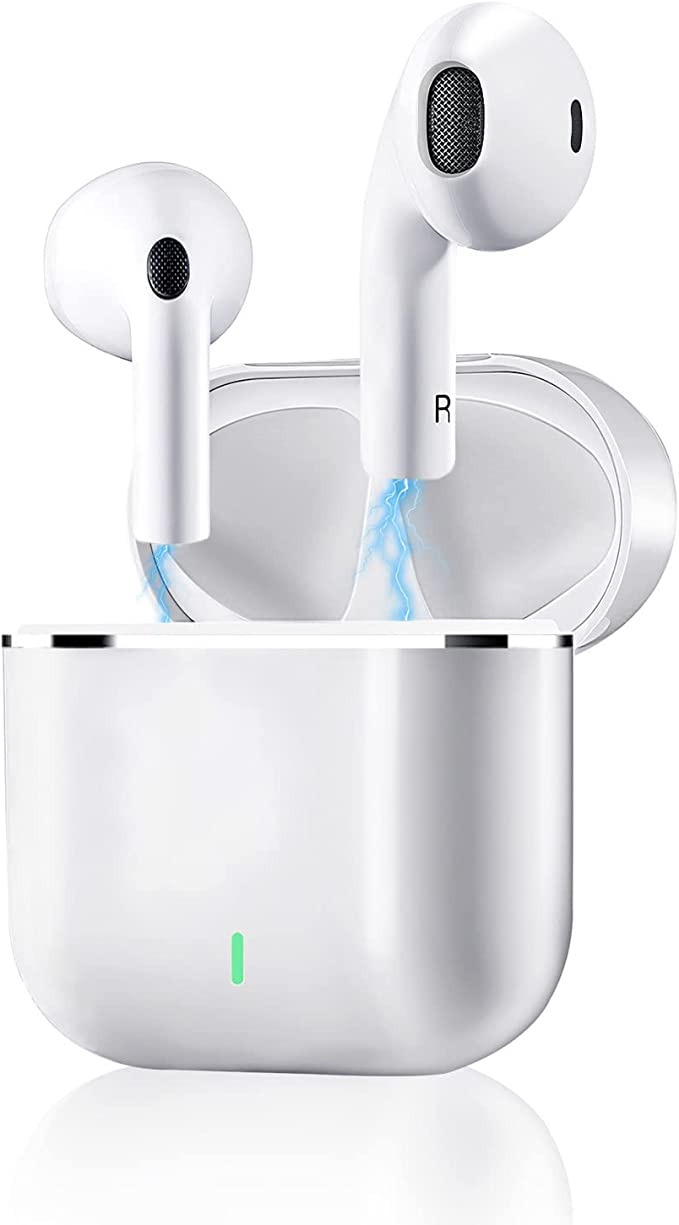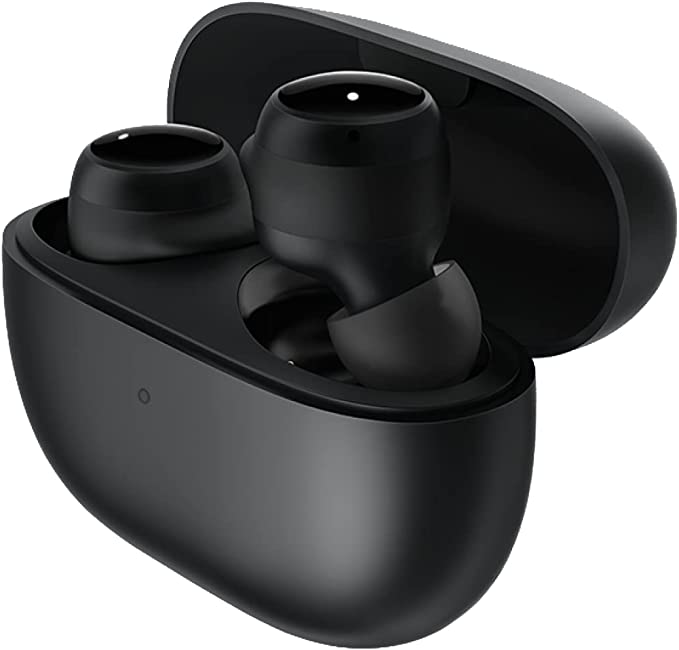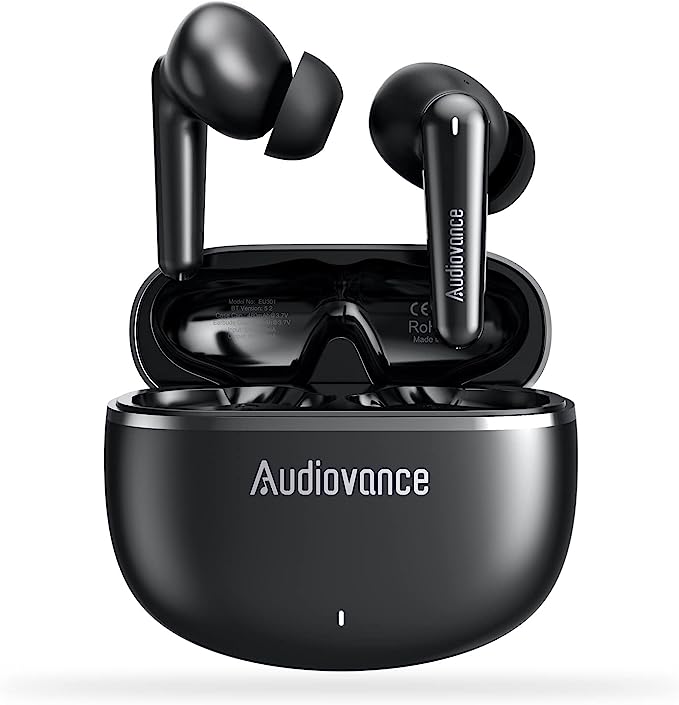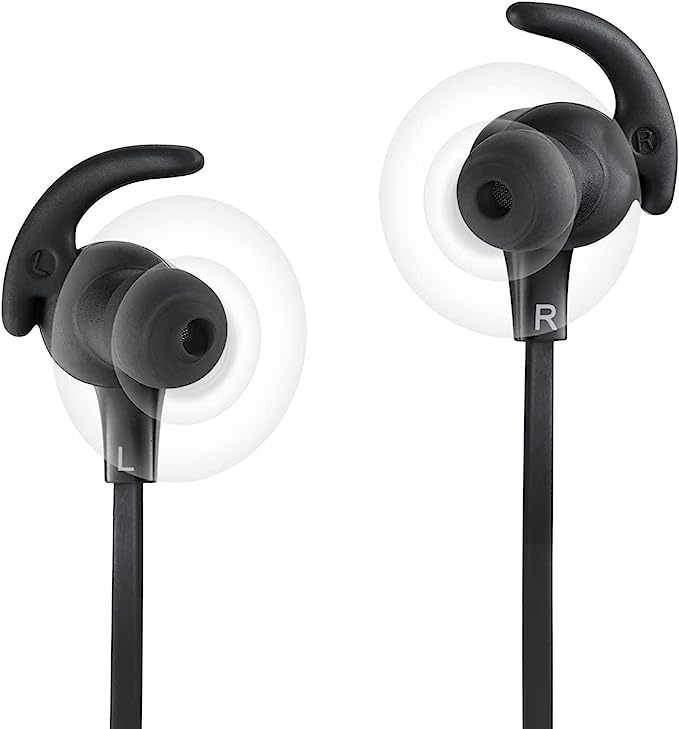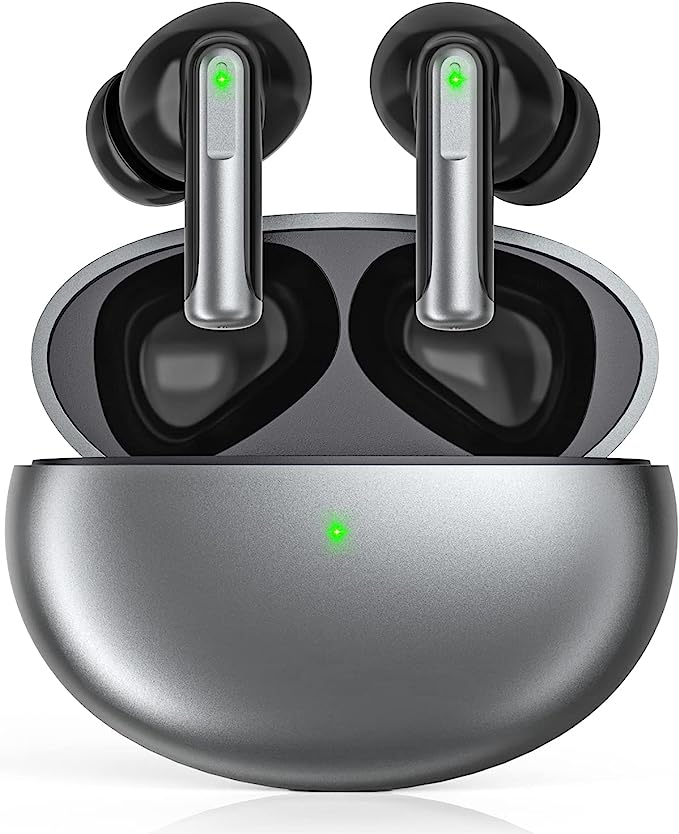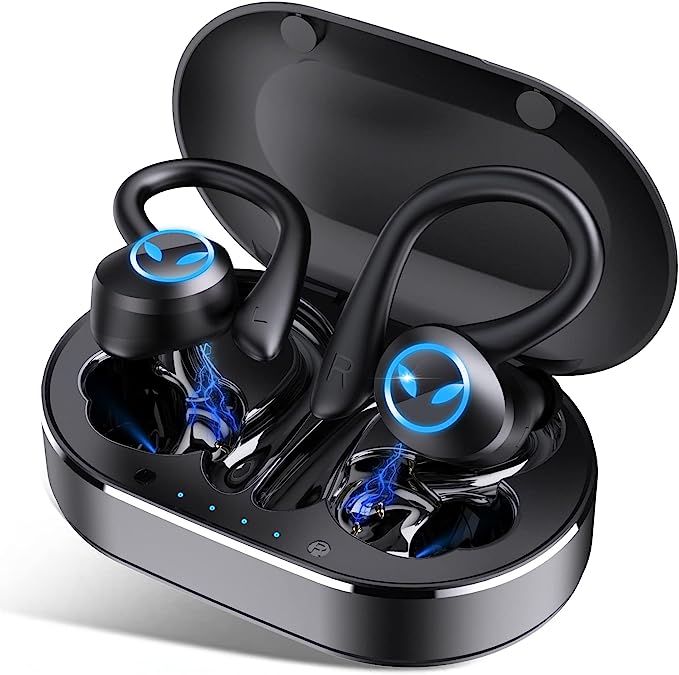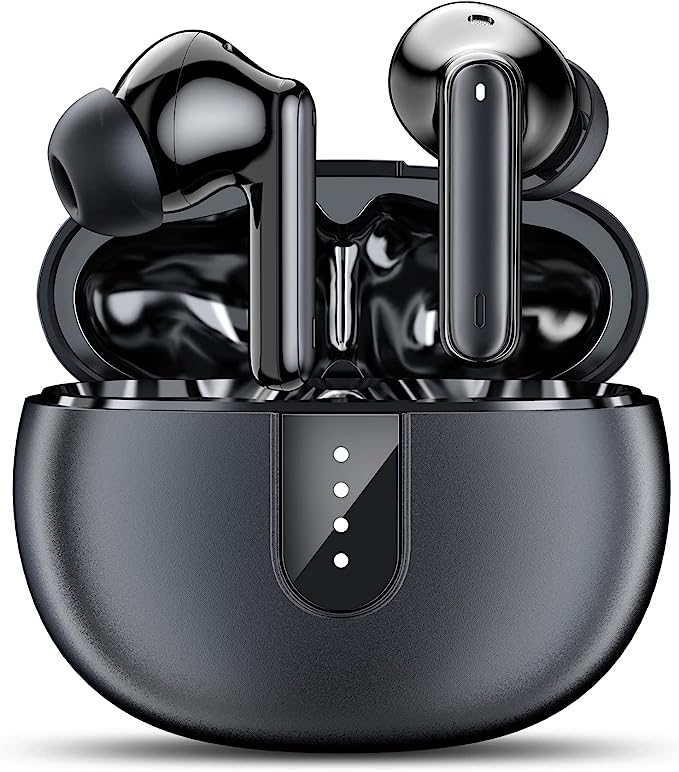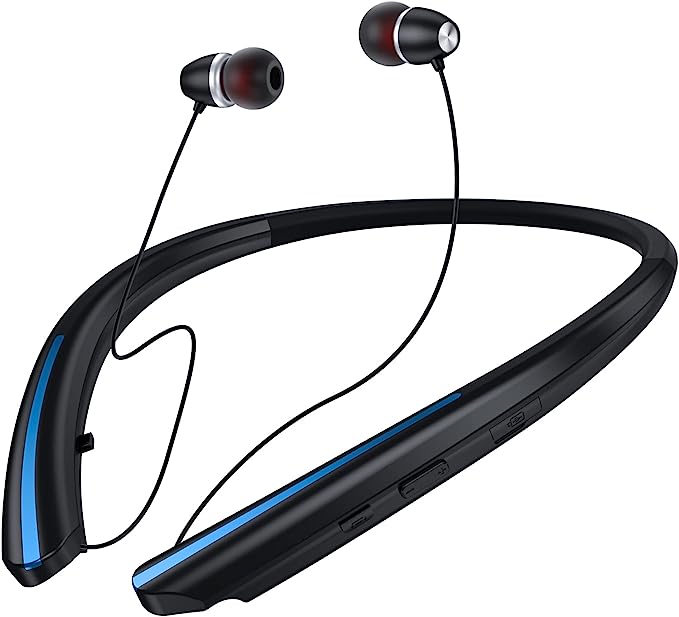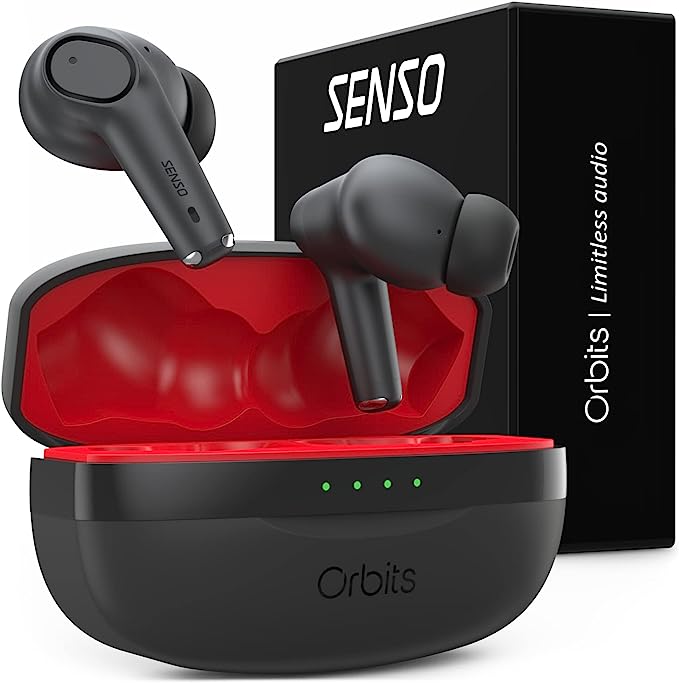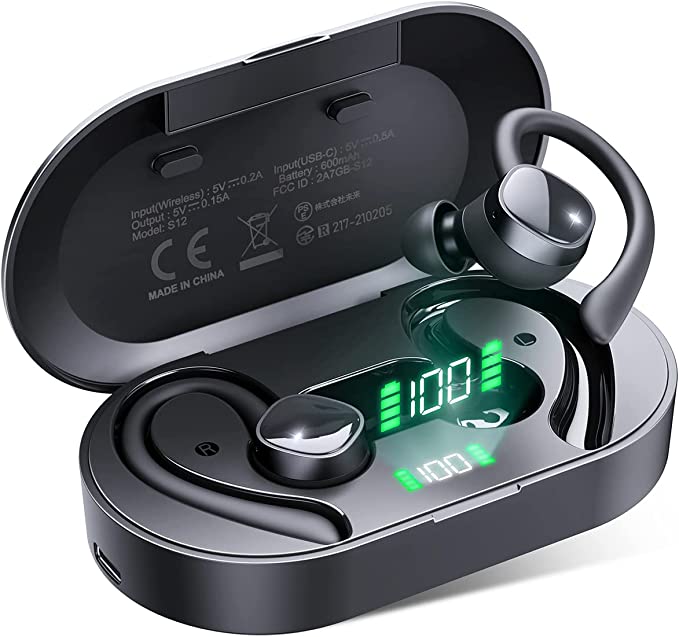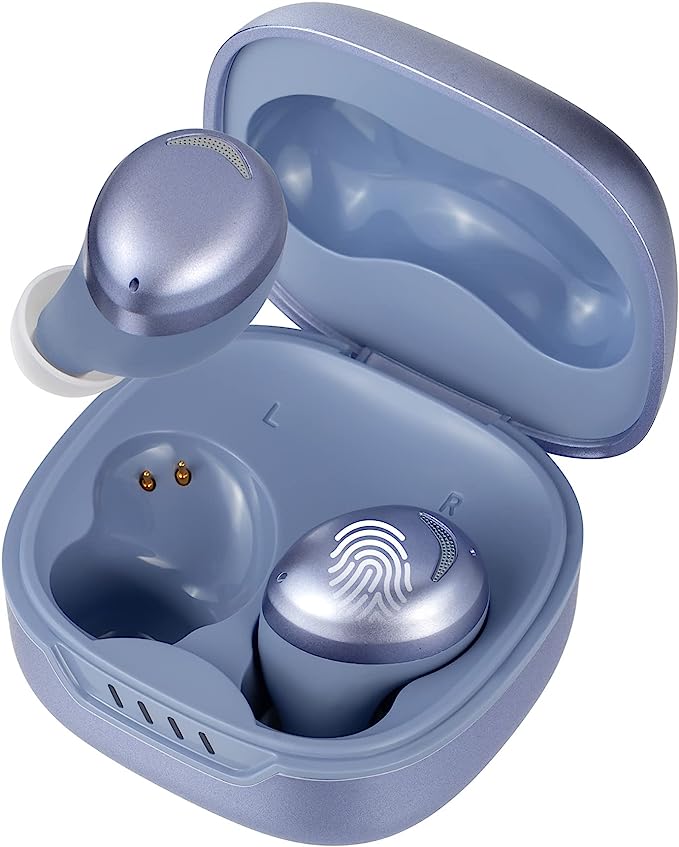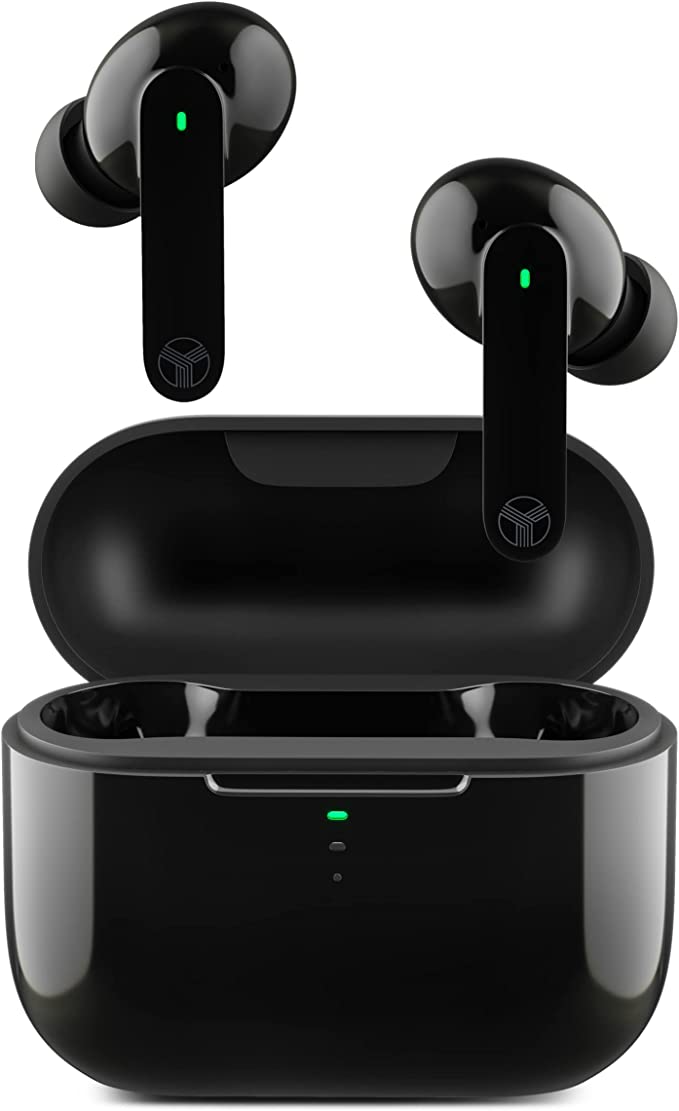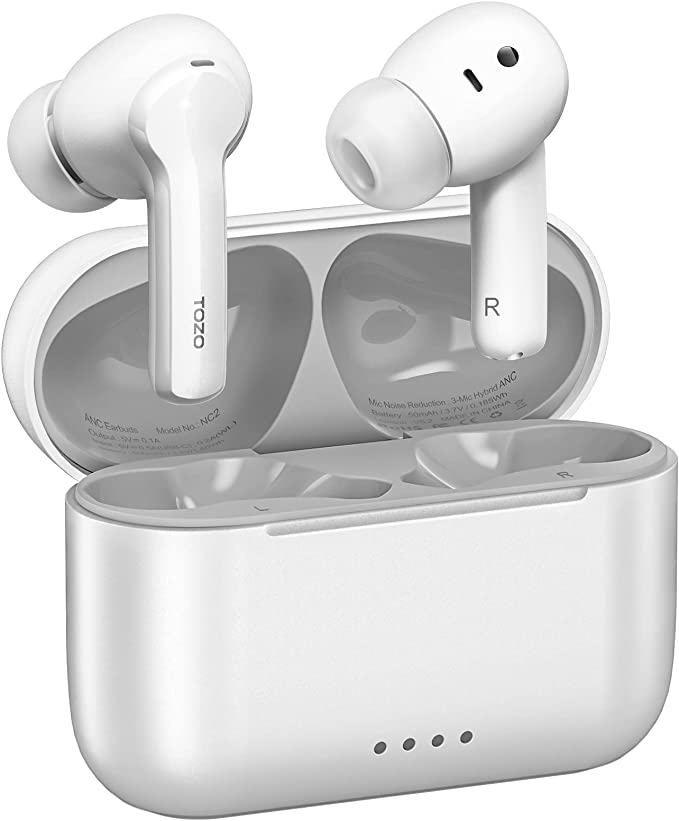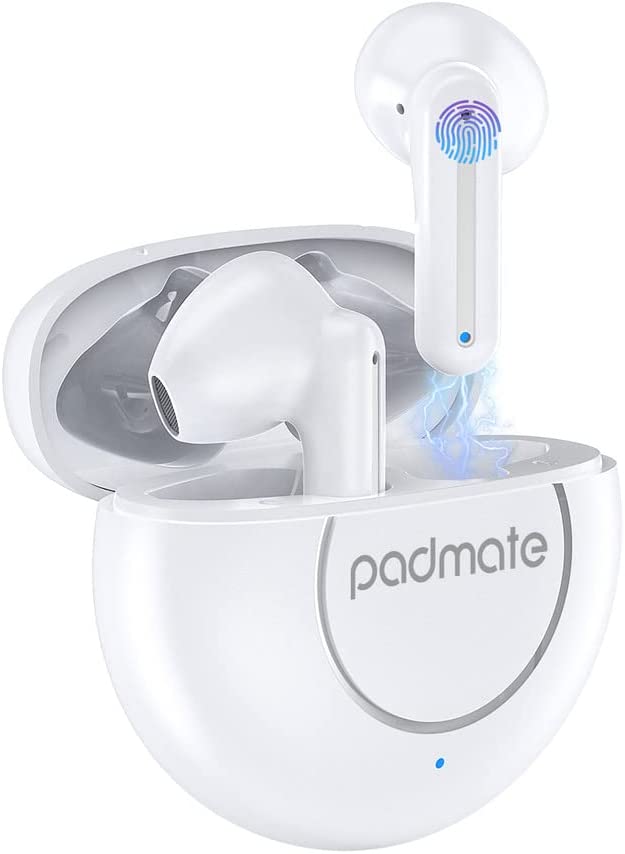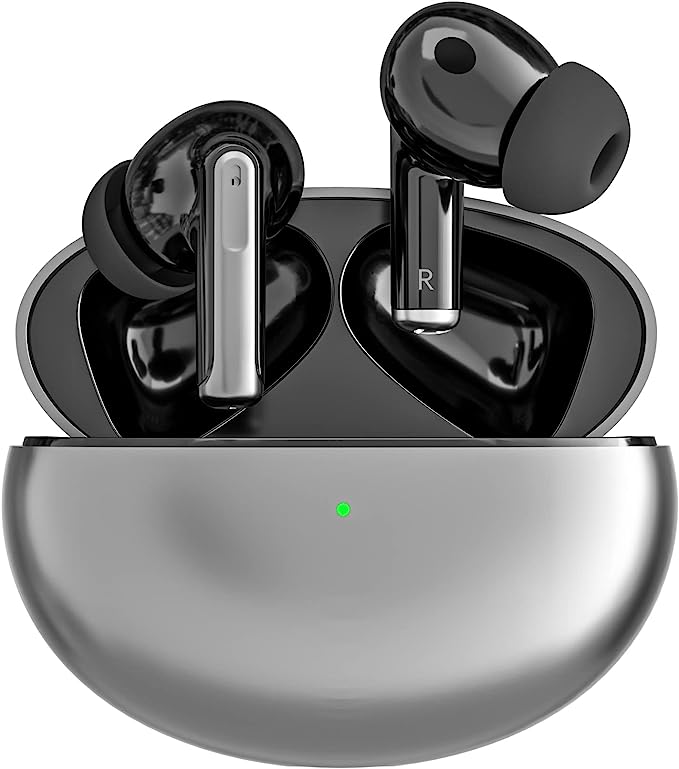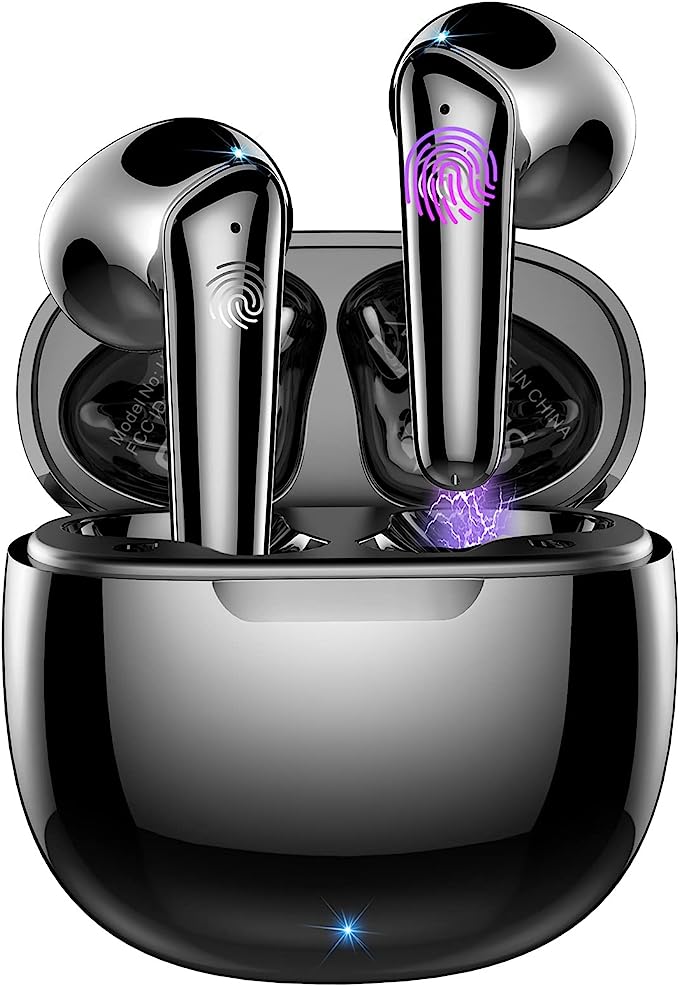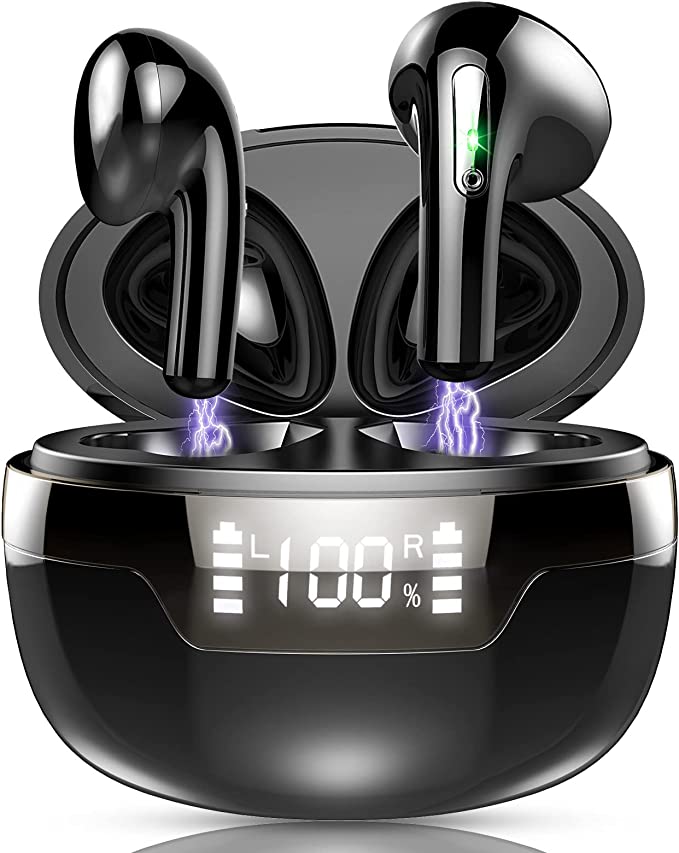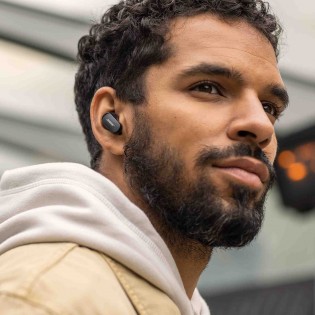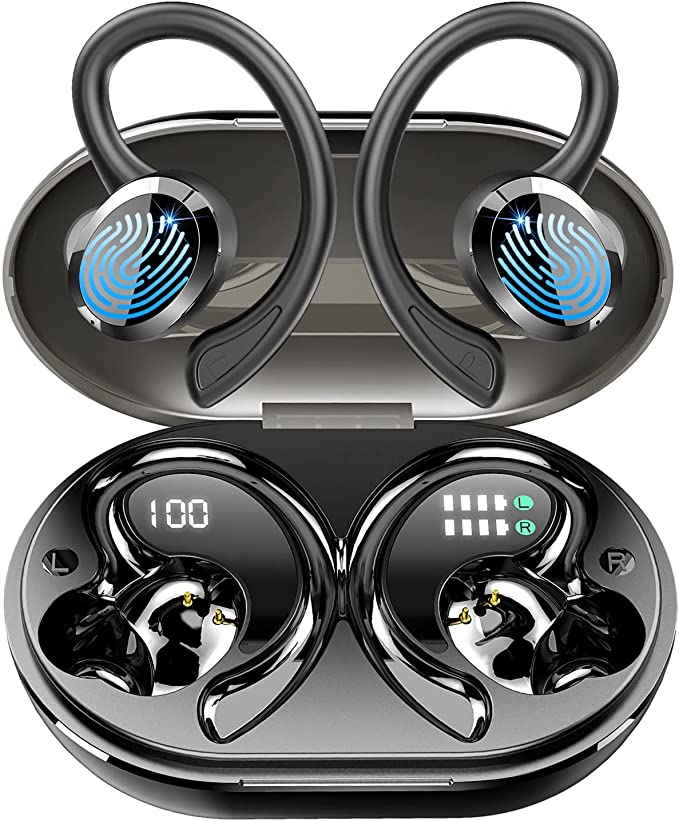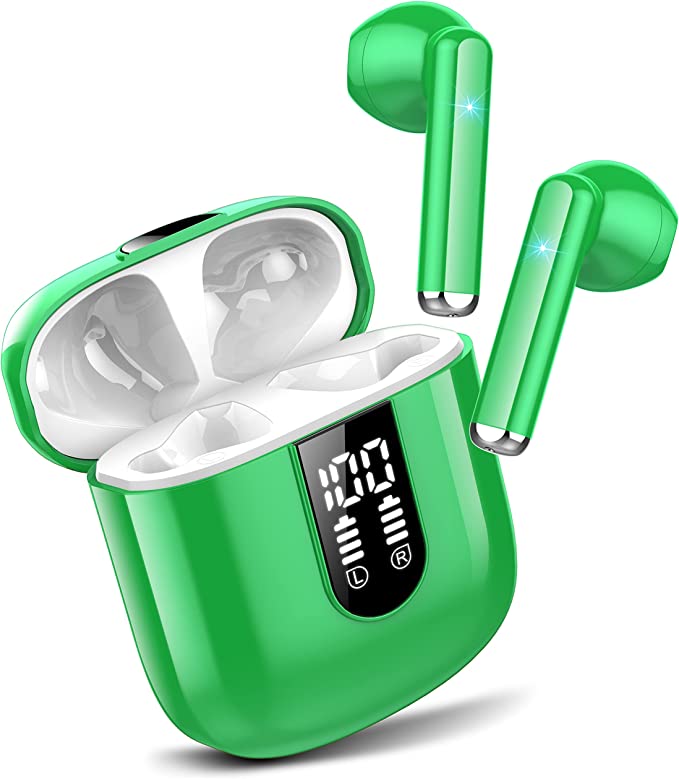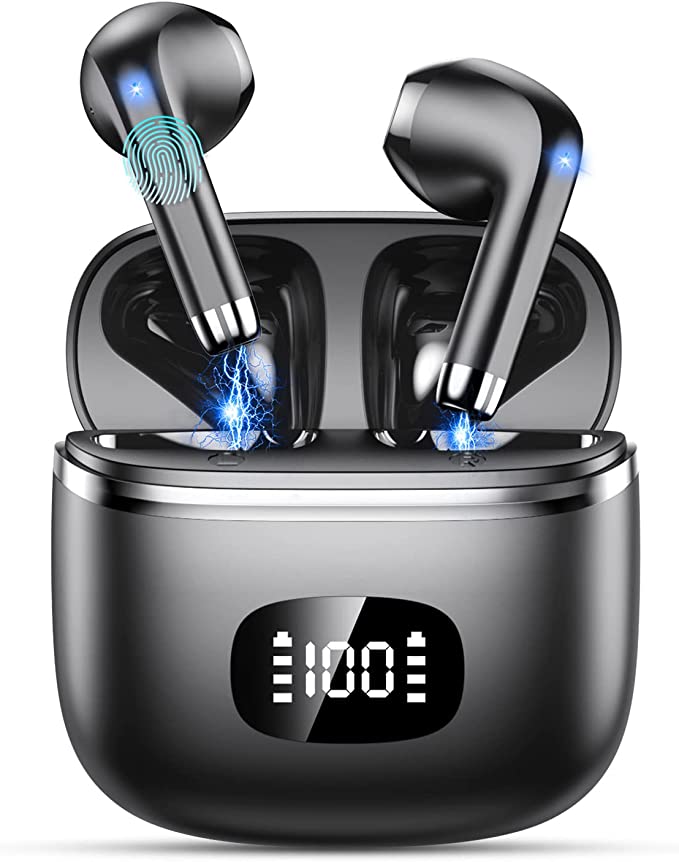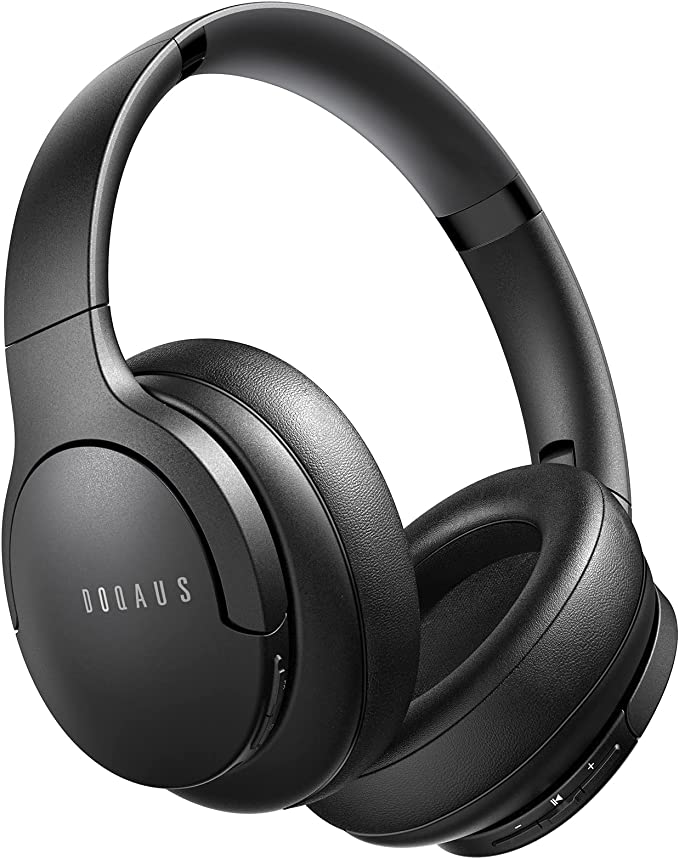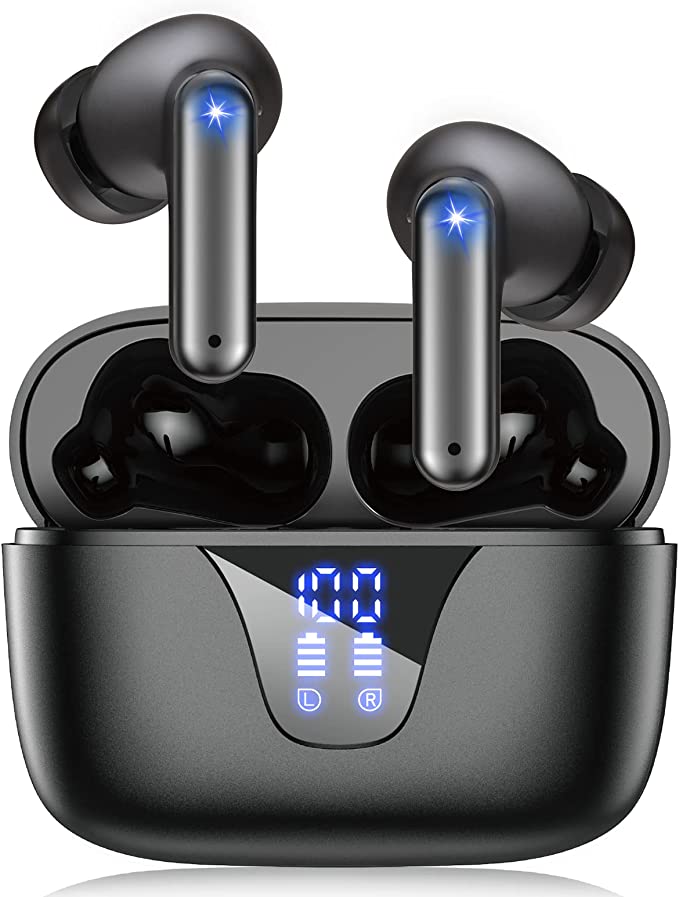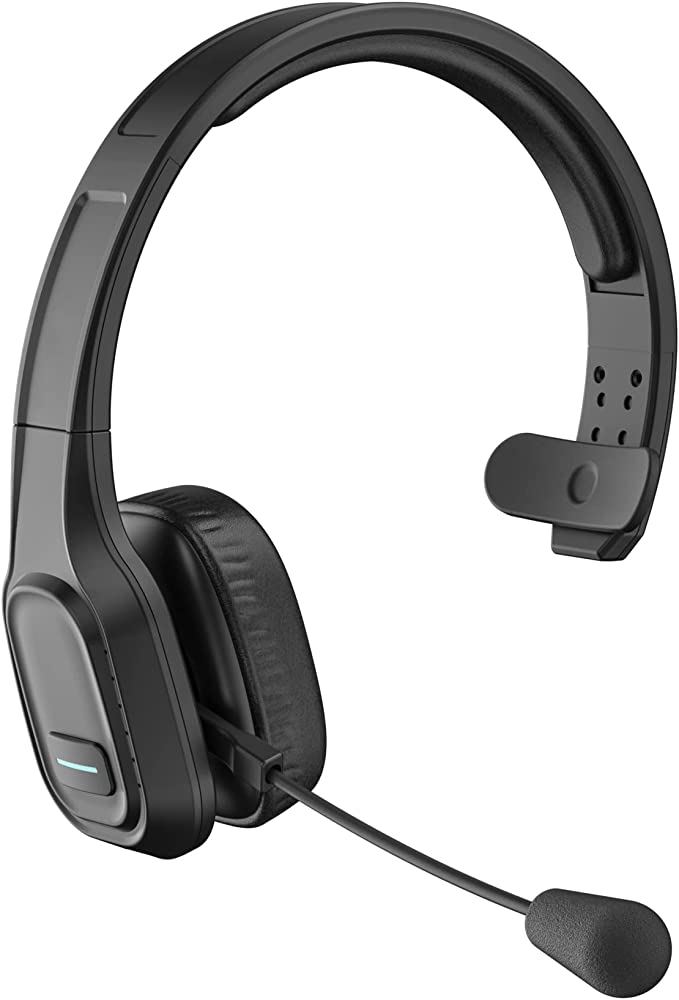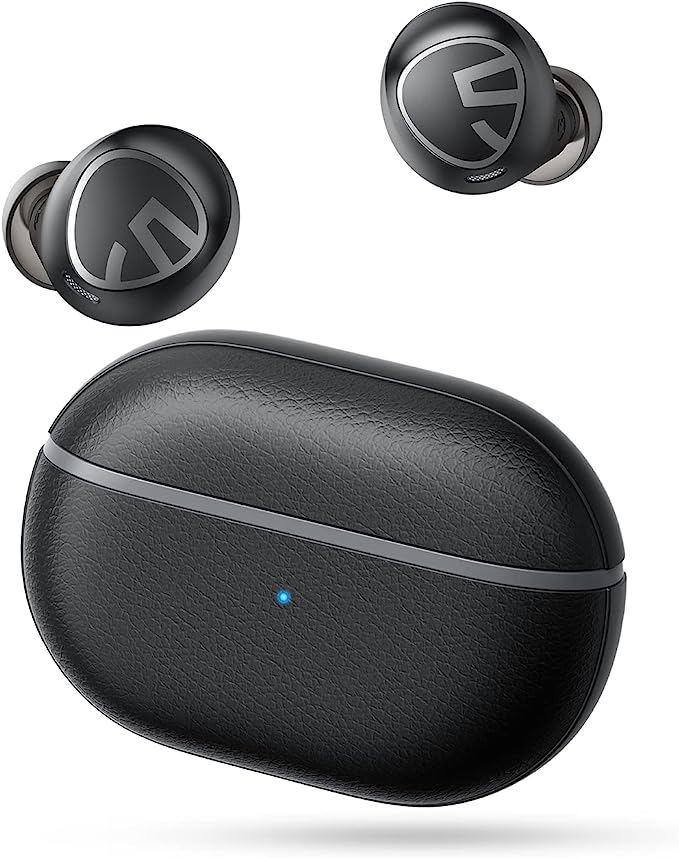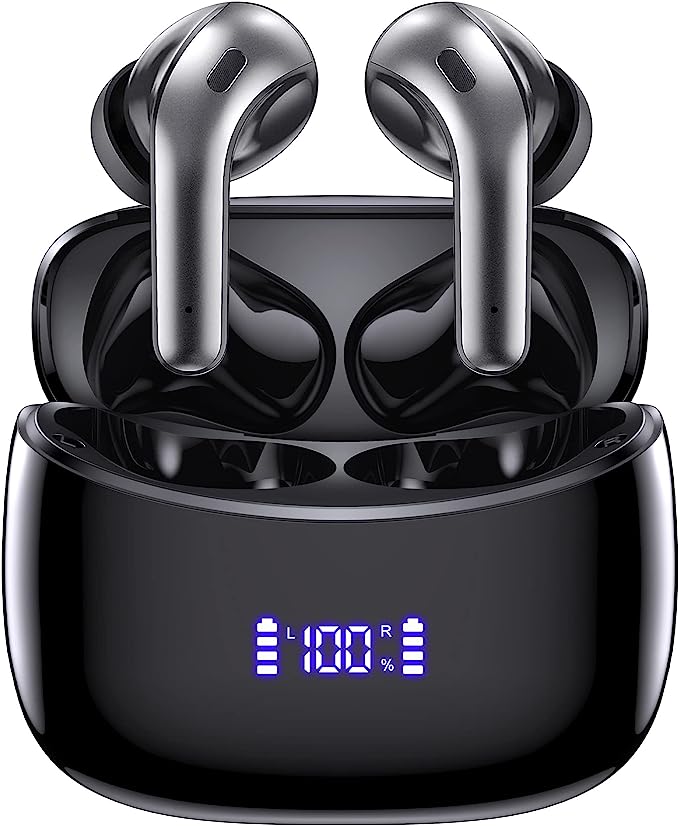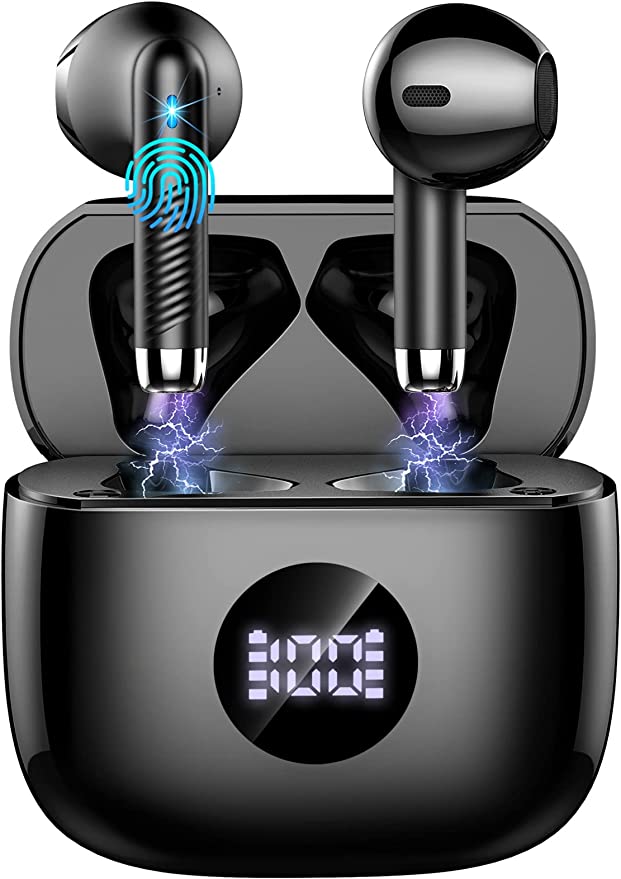PSIER T16 Wireless Earbuds - Crystal-Clear Calls and Immersive Sound
Update on Feb. 22, 2025, 9:24 a.m.
From the earliest rudimentary listening devices to today’s sleek, wireless earbuds, headphones have undergone a remarkable transformation. They’ve evolved from bulky contraptions tethered to stationary equipment to miniature marvels that fit snugly in our ears, delivering a personal soundscape wherever we go. Sound is an integral part of our daily lives – the music that motivates us, the podcasts that inform us, the voices of loved ones that connect us. But alongside this world of desirable sound, there exists a pervasive world of noise – the unwanted sounds that disrupt our focus, impede communication, and even damage our hearing.

The Quest for Quiet: Understanding Noise Cancellation
Before we can appreciate the technology that silences noise, we need to understand what sound is. At its most basic, sound is a vibration that travels as a wave through a medium, such as air or water. These waves have two key characteristics: frequency and amplitude. Frequency, measured in Hertz (Hz), determines the pitch of a sound – how high or low it sounds. Humans can typically hear sounds ranging from 20 Hz (a deep rumble) to 20,000 Hz (a high-pitched squeal). Amplitude, on the other hand, determines the loudness of a sound, and it’s measured in decibels (dB).
The decibel scale is logarithmic, meaning that a 10 dB increase represents a tenfold increase in sound intensity. A whisper might register around 30 dB, while a normal conversation is about 60 dB. Prolonged exposure to sounds above 85 dB can cause hearing damage. This is where noise cancellation technology comes into play.
There are two main approaches to noise cancellation: passive and Environmental Noise Cancellation. Passive noise cancellation relies on the physical design of the earbud to block out external sounds. The ear tips, typically made of silicone or foam, create a seal within the ear canal, preventing sound waves from entering. It’s like putting your fingers in your ears, but much more effective and comfortable.

Environmental Noise Cancellation (ENC), often found in earbuds like the PSIER T16, takes a more active approach, and is primarily focused on improving call quality. ENC utilizes tiny microphones built into the earbuds. These microphones “listen” to the ambient noise surrounding you. A sophisticated Digital Signal Processor (DSP) chip then analyzes these incoming sound waves and generates an “anti-phase” wave. This anti-phase wave is essentially a mirror image of the noise wave, but with its peaks and troughs inverted. When the original noise wave and the anti-phase wave meet, they effectively cancel each other out, resulting in a significant reduction in perceived noise. This allows for clearer communication, even in noisy environments, by prioritizing your voice and minimizing background distractions.

Decoding the PSIER T16: A Deep Dive into the Technology
Let’s explore what inside the box. Matte Black PSIER T16 is an in-ear earbuds, offering snug and comfortable fit, maximizing passive noise isolation.
The Sound Engine: 13mm Dynamic Driver
At the heart of any earbud’s sound reproduction lies the driver. Think of the driver as a tiny loudspeaker. The most common type of driver in earbuds is the dynamic driver, which works on the principle of electromagnetism. A dynamic driver consists of a diaphragm (a thin, flexible membrane), a voice coil (a coil of wire), and a magnet. When an electrical signal (the audio signal) passes through the voice coil, it creates a fluctuating magnetic field. This magnetic field interacts with the permanent magnet, causing the voice coil to vibrate. The voice coil is attached to the diaphragm, so these vibrations are transferred to the diaphragm, which then moves the air, creating sound waves.
The PSIER T16 boasts a relatively large 13mm dynamic driver. Why does size matter? A larger diaphragm can move more air, resulting in a more powerful and richer sound, particularly in the lower frequencies (bass). This doesn’t just mean louder bass; it means better bass – deeper, more resonant, and with more detail. The size of the driver also influences the overall frequency response, which is the range of frequencies the earbud can reproduce accurately. A well-designed driver, like the one in the T16, aims for a balanced frequency response, delivering clear highs, natural mids, and powerful lows, without any one range overpowering the others.
Bluetooth 5.3: The Wireless Bridge
Bluetooth, the ubiquitous wireless technology, has revolutionized how we connect our devices. From its early days of clunky connections and limited range, Bluetooth has evolved into a sophisticated and reliable standard. The PSIER T16 utilizes Bluetooth 5.3, the latest iteration of this technology.
Bluetooth 5.3 offers several key advantages over its predecessors:
-
Enhanced Connection Stability: Bluetooth 5.3 incorporates features that improve connection reliability, reducing the risk of dropouts and interruptions, even in environments with many wireless devices. This is achieved through improvements in how devices negotiate and maintain connections, making the listening experience more seamless.
-
Lower Power Consumption: A major focus of Bluetooth 5.3 is improved energy efficiency. This is crucial for wireless earbuds, where battery life is paramount. The T16’s Bluetooth 5.3 chip uses less power to transmit and receive data, contributing significantly to its impressive 76-hour total playtime (with the charging case).
-
Reduced Latency: Latency refers to the delay between when an audio signal is sent and when it’s heard. High latency can be particularly noticeable when watching videos or playing games, where the audio needs to be perfectly synchronized with the visuals. Bluetooth 5.3 incorporates features that minimize latency, ensuring a more responsive and immersive experience. This is further enhanced by the T16’s dedicated gaming mode.
-
Improved Channel Selection: Bluetooth operates on multiple frequency channels. 5.3 is better at selecting and switching between channels, further reducing interference from others, and enhanceing the connection.
While the provided specifications don’t explicitly mention which Bluetooth audio codecs the PSIER T16 supports, it’s highly likely that it supports at least the standard SBC (Subband Coding) codec. Higher-quality codecs like AAC (Advanced Audio Coding, commonly used by Apple devices) or aptX (developed by Qualcomm) offer better audio compression and, therefore, potentially better sound quality. However, even with SBC, a well-engineered earbud like the T16, with its large dynamic driver, can deliver excellent audio.

Powering the Experience: Battery Life and Charging
The impressive battery life of the PSIER T16 – up to 9 hours on a single charge and a total of 76 hours with the charging case – is a testament to advancements in battery technology. Wireless earbuds, like most portable electronics, rely on lithium-ion batteries. These batteries work by the movement of lithium ions between a positive electrode (typically made of a lithium metal oxide) and a negative electrode (typically made of graphite) through an electrolyte. During discharge (when the earbuds are in use), lithium ions move from the negative electrode to the positive electrode, releasing energy. During charging, the process is reversed.
A key metric for battery performance is energy density, which refers to the amount of energy a battery can store per unit of volume or weight. Higher energy density means more power in a smaller, lighter package. The T16’s long battery life suggests that it utilizes high-energy-density lithium-ion batteries.

The charging case, beyond providing protection, acts as a portable power bank for the earbuds. It contains its own battery, which can recharge the earbuds multiple times. The case itself is typically recharged via a USB-C connection (although this isn’t explicitly stated in the provided specifications, it’s the current industry standard). The dual LED display on the T16’s case is a convenient feature, providing a clear indication of the remaining battery level for both the earbuds and the case itself.
IPX7, Ready for anything:
IPX7 is one of the rating of Ingress Protection Marking(IP Code). It means the T16 has the level of protection against intrusion of water. The “7” specifically indicate that T16 can withstand immersion in water up to 1 meter for 30 minutes. It is great feature for sports.

Beyond the Specs: The Human Experience
While technical specifications are important, they don’t tell the whole story. The ultimate test of any earbud is how it feels and performs in real-world use.
Ergonomics is the science of designing products to fit the human body comfortably and efficiently. The PSIER T16’s in-ear design and lightweight construction (just 0.1 oz per earbud) are crucial for comfort, especially during extended use. The inclusion of multiple ear tip sizes is essential, as ear canals vary significantly in size and shape. A proper fit not only ensures comfort but also maximizes passive noise isolation and prevents the earbuds from falling out.
The T16 earbuds are designed to be versatile companions for various activities:
- Commuting: The ENC technology helps to filter out the rumble of buses and trains, allowing for clearer calls and more enjoyable music listening during commutes.
- Working: Whether in a busy office or a home office, the T16 can help create a focused workspace by minimizing distracting background noise.
- Exercising: The IPX7 waterproof rating makes the T16 ideal for workouts, protecting them from sweat and rain. The secure fit ensures they stay in place during vigorous activity.
- Gaming: The T16 offers a dedicated gaming mode, essential for an immersive experience. The 16 activates a low-latency connection.

The Future of Sound
The PSIER T16 represents a snapshot of current audio technology, but the field is constantly evolving. Several trends are shaping the future of personal audio:
- AI-Powered Noise Cancellation: Future noise cancellation systems may use artificial intelligence (AI) to adapt to different sound environments in real-time, providing even more effective noise reduction.
- Personalized Sound Profiles: Just as our vision varies, so does our hearing. Future earbuds may be able to tailor the audio output to an individual’s unique hearing profile, compensating for any hearing loss or sensitivity.
- Spatial Audio: This technology creates a more immersive, three-dimensional soundstage, making it feel like you’re surrounded by sound.
- Biometric Sensors: Some earbuds are already incorporating sensors that can track heart rate, body temperature, and other health data.
- Lossless Audio: With codecs like aptX Lossless, enjoying audiophile-grade music quality wirelessly is becoming a reality.
The quest for the perfect listening experience is ongoing. The PSIER T16, with its combination of ENC, a large dynamic driver, Bluetooth 5.3, long battery life, and waterproof design, offers a compelling solution for today’s audio needs, while also hinting at the exciting possibilities of the future. It demonstrates that high-quality audio and advanced features don’t have to come with a premium price tag, making immersive sound accessible to a wider audience.
